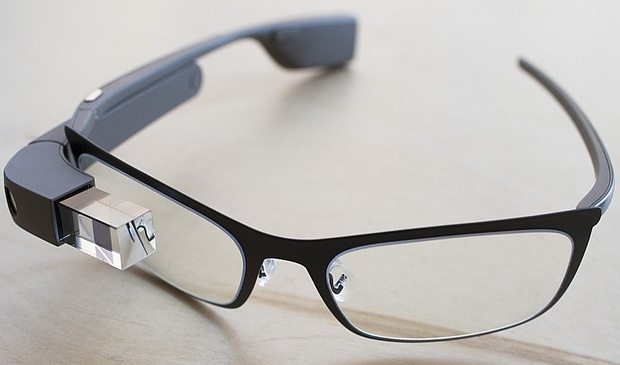
Schepens Eye Institute researchers developed a smartphone app that projects a magnified smartphone screen to provide better visibility to low-vision users.
The team from Schepens Eye Research Institute of Massachusetts Eye and Ear/ Harvard Medical School outlined the app that made advancement upon the built-in zoom feature of smartphones by projecting the display to Google Glass, which users can navigate head movements to view a corresponding portion of the magnified screen.
“Given the current heightened interest in smart glasses such as Microsoft’s Hololens and Epson’s Moveria, it is conceivable to think of a smart glass working independently without requiring a paired mobile device in near future,” said first study author Shrinivas Pundlik.
“Skull Vibrations” will soon set you free from passwords
The concept of head controlled screen navigation can be useful in such glasses even for people who are not visually impaired, Pundlik wrote in the study published in the journal IEEE Transactions on Neural Systems and Rehabilitation Engineering.
The Pundlik led team developed the head motion application to address the limitations of conventional smartphone screen zooming, which does not provide sufficient context and can be painstaking to navigate.
When people with low visual acuity zoom in on their smartphones, they see only a small portion of the screen or in the corner of the screen, noted senior author Gang Luo.
List of Top Apps Released, Interestingly 90% of Google Play Revenue Comes From Games
“The application transfers image from smartphone to Google Glass and thus users control the screen by moving their heads to the screen, which gives them an excellent sense of orientation, “Luo added.
The Researcher of Schepens Eye Research Institute observed two groups of research subject (one which measures head motion Google Glass application and the other see the built in feature on a smartphone) and measured the time they took to complete certain tasks.
The researcher stated that nearly 28 percent of the time reduced by using Head based navigation method when to compare to manual scrolling.
Google Glass?
Google glass is also known as project glass which is a Hand free format that displays information. The one who wears Google Glass will communicate with The Internet via diff language voice command.
Google Patents a Cyborg Lens may be thinking about putting Android in your eyeball
Microsoft Hololens?
Microsoft Hololens is a smart glass headset with cordless, self-contained Windows 10 computer. It contains various sensors, an HD stereoscopic 3D optical head mounted display which allows for augmented reality with a user interface where they can interact through voice command, hand gestures, and Gaze.






![Top 10 Popular iGaming Sites in India [Jan 2021] Indian Casino Sites of 2020](../../wp-content/uploads/casino-2-100x70.jpg)
